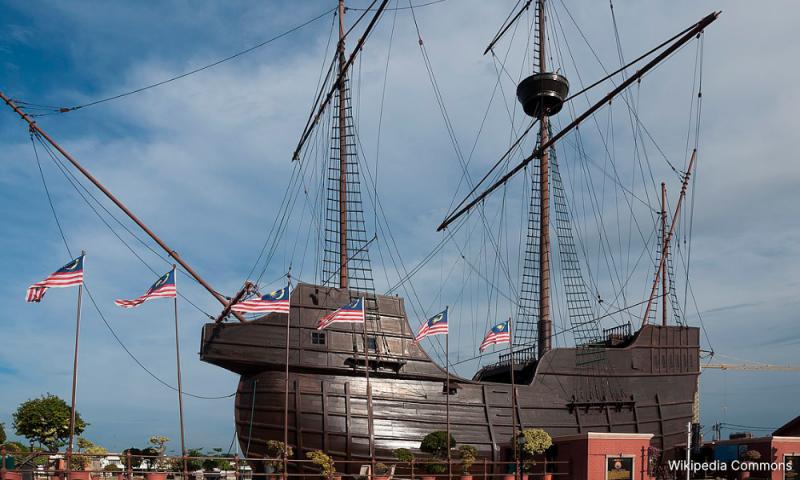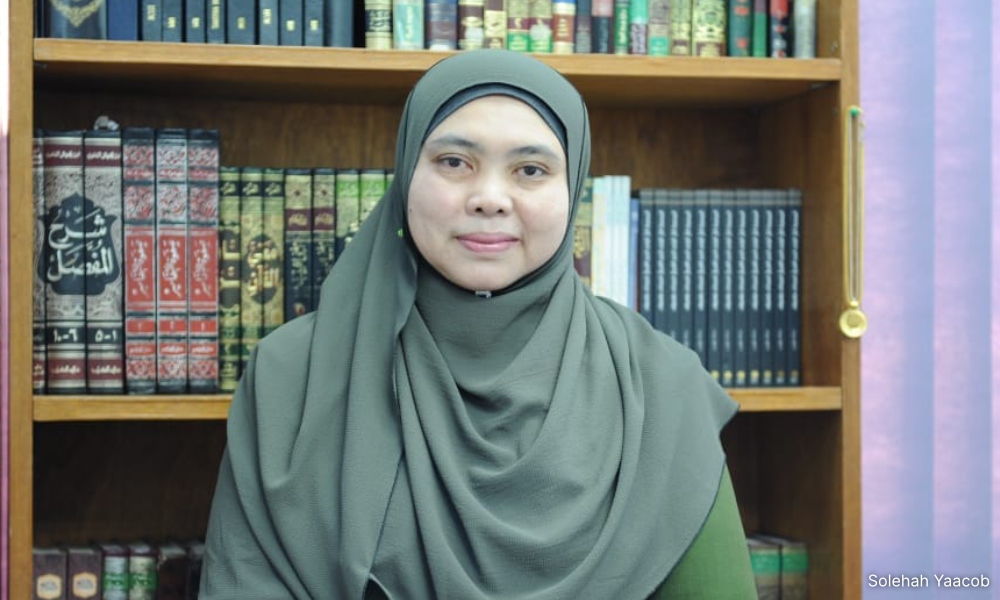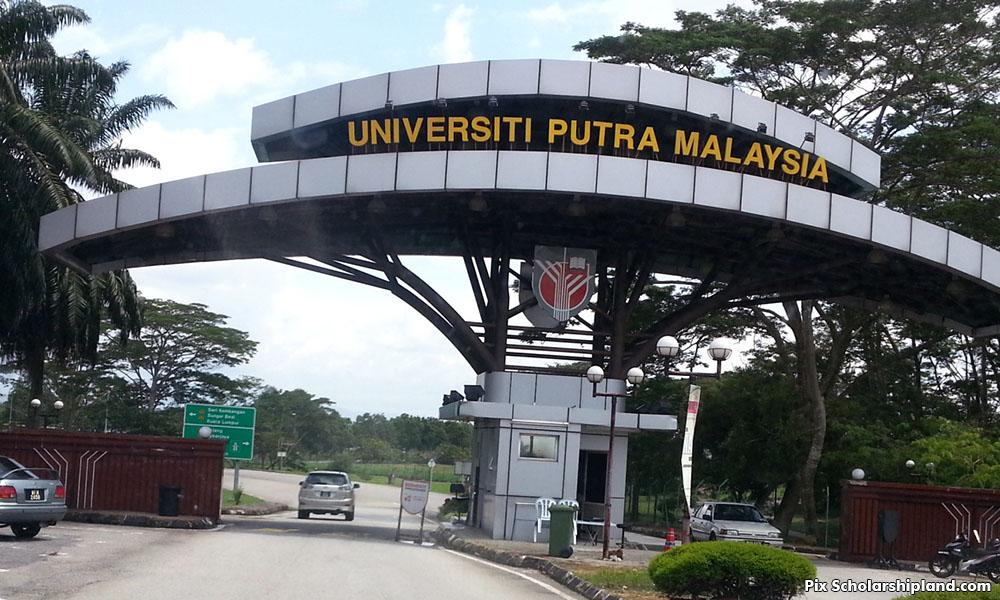


Andrew Sia
Published: Nov 14, 2025 3:30 PM
Updated: 6:30 PM
COMMENT | After we’re done laughing, comes the grim reality. By now, everyone has heard of the fantastical claim that the Romans learned shipbuilding from the Malays.
But this is merely the tip of the iceberg of a far bigger malaise – the rewriting of history for “nationalistic” narratives with barely disguised racial slants.
After associate professor Solehah Yaacob, an Arabic-language lecturer from the International Islamic University Malaysia (IIUM), made her outrageous assertion, a small cottage industry emerged to poke fun at this.
TikToker Ammirul Azahar declared, “Yes, it’s true. Because the Romans were actually Malays who lived in Rompin, Pahang!”
When I shared Ammirul’s video on social media, his deadpan demeanour made some people actually believe he was serious – sigh, the art of satire is lost on many Malaysians. So, just in case people missed his joke, Ammirul added, “The Greeks were also Malays. They came from Gerik, Perak.”
I myself can add further “proof” that the Romans were from Malaysia – why, we have two Coliseums right here in the Klang Valley! But I jest, because we don’t have arenas with gladiators, just cafes with sizzling steaks and Mee Hailam.
Published: Nov 14, 2025 3:30 PM
Updated: 6:30 PM
COMMENT | After we’re done laughing, comes the grim reality. By now, everyone has heard of the fantastical claim that the Romans learned shipbuilding from the Malays.
But this is merely the tip of the iceberg of a far bigger malaise – the rewriting of history for “nationalistic” narratives with barely disguised racial slants.
After associate professor Solehah Yaacob, an Arabic-language lecturer from the International Islamic University Malaysia (IIUM), made her outrageous assertion, a small cottage industry emerged to poke fun at this.
TikToker Ammirul Azahar declared, “Yes, it’s true. Because the Romans were actually Malays who lived in Rompin, Pahang!”
When I shared Ammirul’s video on social media, his deadpan demeanour made some people actually believe he was serious – sigh, the art of satire is lost on many Malaysians. So, just in case people missed his joke, Ammirul added, “The Greeks were also Malays. They came from Gerik, Perak.”
I myself can add further “proof” that the Romans were from Malaysia – why, we have two Coliseums right here in the Klang Valley! But I jest, because we don’t have arenas with gladiators, just cafes with sizzling steaks and Mee Hailam.

Associate professor Solehah Yaacob
Another person who lacks the capacity to understand ironic humour is Solehah herself. In 2018, she wrote an academic article in the “Jurnal Al-Tamaddun” slamming the ancient Greek civilisation as “entirely fabricated” by historians. Her source? An article in a US parody website, The Onion!
Rebutted and refuted
After Solehah’s latest salah (wrong) view of history, academics came forward to refute her. Professor Emeritus Wan Ramli Wan Daud from Universiti Kebangsaan Malaysia (UKM) said there is no historical evidence to support her claim.
Azizi Othman from Asia e-University produced a 15-page paper with numerous academic citations to show that Roman and Malay ships were very different.
The Romans built a frame first and then fastened planks onto it using wooden mortise-and-tenon joints and iron fastening systems. Meanwhile, Malay boats used wooden pegs and coconut-fibre rope to secure planks together, he wrote.
The purposes of their ships were also different, added Azizi. The Malays created flexible hulls that could withstand the tumult of tropical seas, whereas the Romans preferred rigid hulls that could have rows of slaves pulling at oars during galley battles in the Mediterranean.
Another person who lacks the capacity to understand ironic humour is Solehah herself. In 2018, she wrote an academic article in the “Jurnal Al-Tamaddun” slamming the ancient Greek civilisation as “entirely fabricated” by historians. Her source? An article in a US parody website, The Onion!
Rebutted and refuted
After Solehah’s latest salah (wrong) view of history, academics came forward to refute her. Professor Emeritus Wan Ramli Wan Daud from Universiti Kebangsaan Malaysia (UKM) said there is no historical evidence to support her claim.
Azizi Othman from Asia e-University produced a 15-page paper with numerous academic citations to show that Roman and Malay ships were very different.
The Romans built a frame first and then fastened planks onto it using wooden mortise-and-tenon joints and iron fastening systems. Meanwhile, Malay boats used wooden pegs and coconut-fibre rope to secure planks together, he wrote.
The purposes of their ships were also different, added Azizi. The Malays created flexible hulls that could withstand the tumult of tropical seas, whereas the Romans preferred rigid hulls that could have rows of slaves pulling at oars during galley battles in the Mediterranean.

What’s noteworthy is that some smarter Malay academics themselves object to pseudo-history. But does “the system” encourage it?.
Not the first ship scandal
Solehah has made other ridiculous claims. Last year, she made headlines when suggesting that Prophet Muhammad’s wife, Siti Khadijah Khuwailid, might have been Malay.
She also reportedly claimed, in a podcast on Sept 24, that ancient Malays could fly, and had passed this skill to Chinese kungfu artists! So must Wong Fei Hoong and Ip Man bow to “sifoo” Hang Tuah?
Surely, all that nonsense should have given the game away before the latest Roman farce?
Or does Solehah have powerful people protecting her? Was she promoted because she was trumpeting a “glorious” Malay history, never mind that it was based on falsehoods?
The latest episode finally stirred IIUM’s Academic Staff Association (ASA) to urge the management to take firm action against academics who risk damaging the university’s reputation. This was crucial to “preserve public trust and confidence”.
This Roman buffoonery is not the first historical ship scandal. Last year, two academics from Universiti Putra Malaysia (UPM) falsely averred that a Foochow jong (cargo vessel) from China was a Malay ship. This was exposed by the sharp eyes of French historian Serge Jardin, who is based in Malacca.

But were the two UPM academics punished? No, instead the university defended them!
Similarly, one suspects that nothing will happen to Solehah because she is merely one person in the larger machine rewriting and indeed “creating” history.
Racial history revision
This is not new in Malaysia. In 1978, locals discovered some coins at an old grave at Tanjung Kling, Malacca. By Jan 1985, the state government proclaimed it was “Hang Tuah’s Tomb”.
Even then, in April 1985, the National Museum senior curator Redzuan Tumin said evidence was lacking. But that did not stop the state from building a grand tomb here, as a monument to a legendary Malay fighter whom some doubt even existed.
Jardin pointed out that the state government’s own Hang Tuah Exhibition in 2024 stated that he was buried at Pulau Bintan in the Riau Islands of Indonesia, not Tanjung Kling. But why let inconvenient facts stand in the way of nationalistic flag-waving?
The movie “Mat Kilau” repeated this pattern. It was widely promoted as a Malay rebellion in Pahang “demi memperjuangkan ketuanan Melayu dan agama Islam” (to defend Malay supremacy and Islam).
But historian Ranjit Singh Malhi has debunked this - the noblemen involved had more ignoble motives of defending their own feudal privileges, as the British wanted to restrict slavery and take over tax collection.

History doesn’t repeat itself, but it rhymes. So today we also see politicians claiming to “defend race and religion” when their real purpose is self-enrichment, while ordinary Malays continue to struggle to make ends meet.
Could this be the prime motive for rewriting history? Ranjit laments that more recent history textbooks have reduced the vital roles of the Chinese in tin mining and Indians in the rubber industry to merely five or six sentences.
The Indians’ sweat and sacrifice – including deaths from malaria, snake bites, and malnutrition, in constructing roads, railways, bridges, and ports – have been silenced. The crucial influence of ancient Hindu-Buddhist civilisation on Malay culture has also been ignored, lamented Ranjit.
In contrast, the 1996 Form 2 history textbook provided a fairly detailed account of Chinese and Indians in the economic development of Malaya, he noted.
History as propaganda
The motives seem clear – to portray that the non-Malays did not build this country, so they have “no right” to question the ketuanan (supremacist) narrative. One would imagine that the forces driving this historical revisionism are the same ones that propelled Solehah into an associate professor’s post.
Bukit Bendera MP Syerleena Abdul Rashid warned that “penyelewengan sejarah”(distortion of history) was being “weaponised” for narrow purposes of identity politics.
She told Parliament that when even universities fail to distinguish facts from fantasy, history becomes “propaganda” to sow “kebencian dan kejahilan” (hatred and ignorance).
Yet, the greatest disservice of false narratives is to make people question if professors are crying wolf again when they discuss the real achievements of the Malay-Polynesian in conquering the world’s oceans.
The Malays accomplished amazing feats, migrating from Taiwan to Southeast Asia and on to the entire Pacific, as well as to Madagascar, without even a compass. Instead, as I wrote last year, they navigated by studying the stars, ocean currents, cloud formations and bird flight patterns.
Fake historians devalue this rich heritage. Why are “nationalist” academics so insecure that they need to piggyback on Chinese kungfu, Foochow jongs, and Roman ships?
ANDREW SIA is a veteran journalist who likes teh tarik khau kurang manis. You are welcome to give him ideas to brew at tehtarik@gmail.com
***
And don't forget some generally sex-experts-engrossed Malays taught Indians about sex & its techniques, hence virtually mentored Vātsyāyana in the latter's writing of the Kamasutra. 😂😂😂
Please peruse Who wrote the Kamasutra?

l

No comments:
Post a Comment